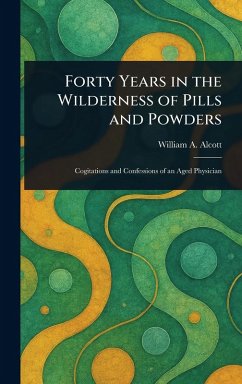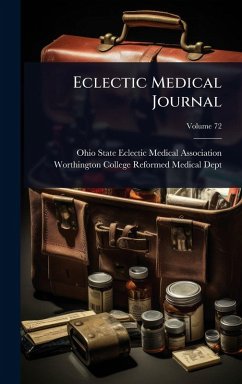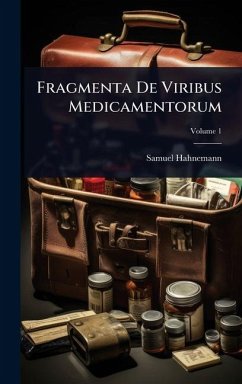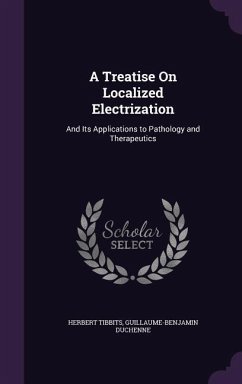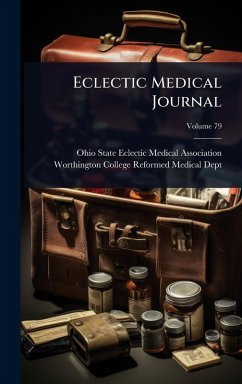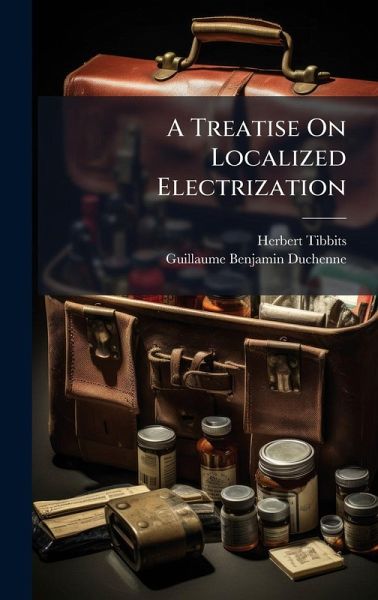
A Treatise On Localized Electrization
Versandkostenfrei!
Versandfertig in über 4 Wochen
32,99 €
inkl. MwSt.
Weitere Ausgaben:

PAYBACK Punkte
16 °P sammeln!
"A Treatise On Localized Electrization" by Herbert Tibbits and Guillaume-Benjamin Duchenne, originally published in 1871, delves into the innovative application of localized electrization for treating various pathological conditions. This seminal work explores the techniques and therapeutic benefits of electrotherapy, providing a detailed account of its use in 19th-century medicine. Tibbits and Duchenne offer insights into the methods of applying electrical currents to specific areas of the body to alleviate symptoms and promote healing. The book covers a range of applications, making it a val...
"A Treatise On Localized Electrization" by Herbert Tibbits and Guillaume-Benjamin Duchenne, originally published in 1871, delves into the innovative application of localized electrization for treating various pathological conditions. This seminal work explores the techniques and therapeutic benefits of electrotherapy, providing a detailed account of its use in 19th-century medicine. Tibbits and Duchenne offer insights into the methods of applying electrical currents to specific areas of the body to alleviate symptoms and promote healing. The book covers a range of applications, making it a valuable resource for understanding the historical context of electrotherapy and its evolution in medical practice. This treatise remains a significant contribution to the history of medicine, showcasing the early explorations of electricity as a therapeutic tool. This work has been selected by scholars as being culturally important, and is part of the knowledge base of civilization as we know it. This work was reproduced from the original artifact, and remains as true to the original work as possible. Therefore, you will see the original copyright references, library stamps (as most of these works have been housed in our most important libraries around the world), and other notations in the work. This work is in the public domain in the United States of America, and possibly other nations. Within the United States, you may freely copy and distribute this work, as no entity (individual or corporate) has a copyright on the body of the work. As a reproduction of a historical artifact, this work may contain missing or blurred pages, poor pictures, errant marks, etc. Scholars believe, and we concur, that this work is important enough to be preserved, reproduced, and made generally available to the public. We appreciate your support of the preservation process, and thank you for being an important part of keeping this knowledge alive and relevant.





